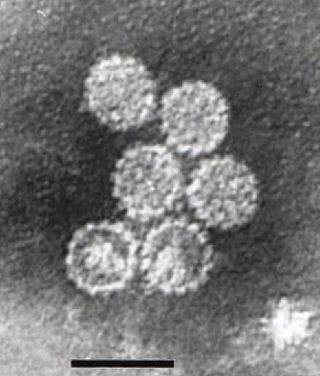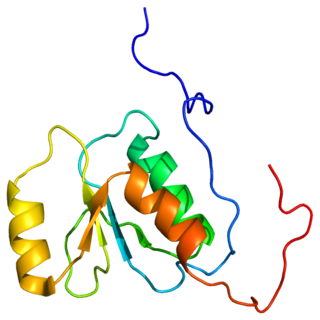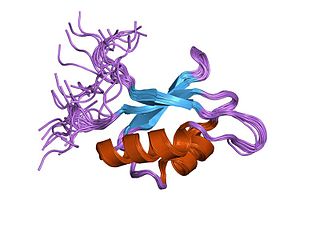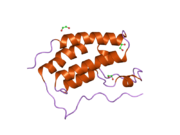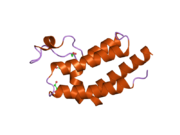2I8N, 2LSP, 2MJV, 2OSS, 2OUO, 2YEL, 2YEM, 3MXF, 3P5O, 3SVF, 3SVG, 3U5J, 3U5K, 3U5L, 3UVW, 3UVX, 3UVY, 3UW9, 3ZYU, 4A9L, 4BJX, 4BW1, 4BW2, 4BW3, 4BW4, 4C66, 4C67, 4CFK, 4CFL, 4CL9, 4CLB, 4DON, 4E96, 4F3I, 4GPJ, 4HBV, 4HBW, 4HBX, 4HBY, 4HXK, 4HXL, 4HXM, 4HXN, 4HXO, 4HXP, 4HXR, 4HXS, 4IOO, 4IOQ, 4IOR, 4J0R, 4J0S, 4J3I, 4KV1, 4KV4, 4LR6, 4LRG, 4LYI, 4LYS, 4LYW, 4LZR, 4LZS, 4MEN, 4MEO, 4MEP, 4MEQ, 4MR3, 4MR4, 4NQM, 4NR8, 4NUC, 4NUD, 4NUE, 4O70, 4O71, 4O72, 4O74, 4O75, 4O76, 4O77, 4O78, 4O7A, 4O7B, 4O7C, 4O7E, 4O7F, 4OGI, 4OGJ, 4PCE, 4PCI, 4PS5, 4QB3, 4QR3, 4QR4, 4QR5, 4QZS, 4UIX, 4UIZ, 4UYD, 4WIV, 4XY9, 4XYA, 4Z1Q, 4Z1S, 4Z93, 5A5S, 5A85, 5BT4, 5D3T, 5D3S, 5D3H, 5D3J, 5CTL, 4WHW, 5D3R, 4X2I, 5CPE, 5CRZ, 4YH3, 4ZC9, 5EI4, 5D3P, 5CQT, 5D3L, 5EIS, 5CRM, 5D0C, 5EGU, 5CP5, 5D25, 5CY9, 5COI, 5D26, 4YH4, 5CS8, 5ACY, 5DX4, 5D24, 5HM0, 5HLS, 2N3K, 5JWM, 5DLX, 2NCZ, 2NNU, 5DW2, 2ND1, 4ZW1, 5CFW, 2ND0, 5DLZ |





